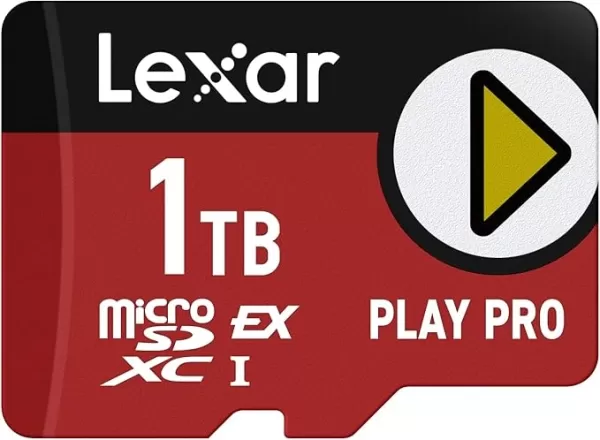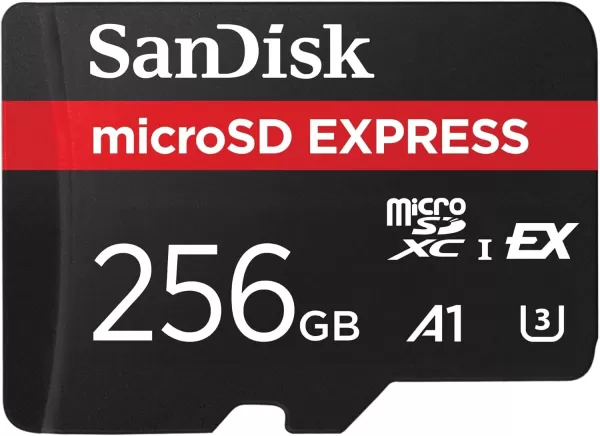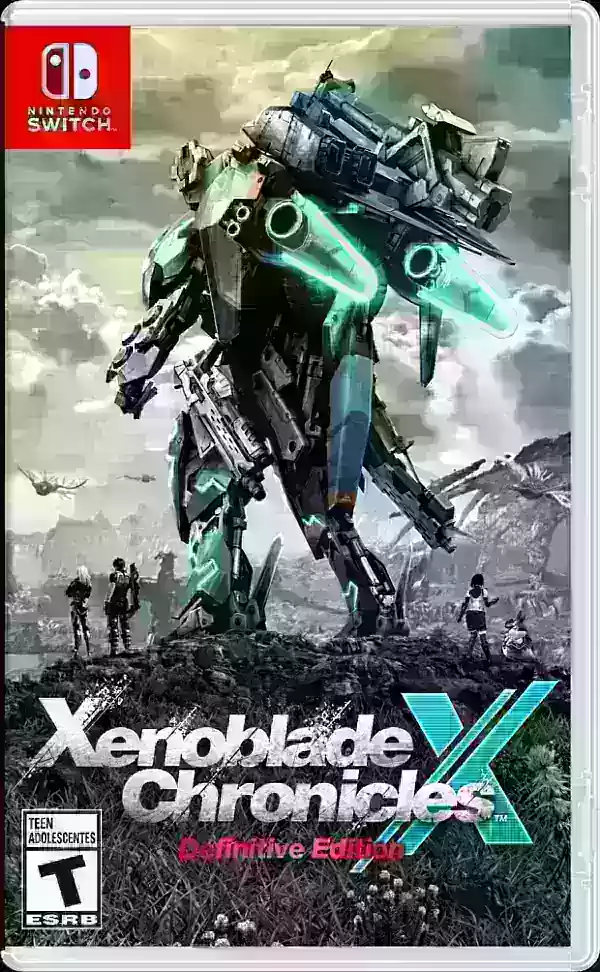MicroSD Express: Essential Upgrade for Nintendo Switch 2
Last week, Nintendo unveiled the much-anticipated Nintendo Switch 2, revealing that the new console will exclusively support expansion via MicroSD Express cards. While this may be frustrating for those with existing collections of standard MicroSD cards, it's a strategic move that promises significant performance benefits. MicroSD Express cards offer read/write speeds comparable to the UFS (Universal Flash Storage) used in the Switch 2’s internal storage, theoretically allowing games on expansion cards to load just as quickly as those stored internally. However, this comes at the expense of compatibility with less expensive non-Express MicroSD cards.
MicroSD vs. MicroSD Express
Over the years, MicroSD cards have evolved through various speed ratings, starting with the initial 12.5MB/s of the original SD cards. As technology advanced, speeds improved, culminating in the SD UHS III standard, which reaches 312MB/s. However, the introduction of the SD Express standard five years ago marked a significant leap in performance.
The key distinction with SD Express is its use of a PCIe 3.1 interface, a significant upgrade from the UHS-I interface used in older cards. This PCIe interface is similar to that used in high-speed NVMe SSDs, enabling full-sized SD Express cards to achieve data transfer rates up to 3,940MB/s. While MicroSD Express cards don't reach these peak speeds, they still offer impressive performance, with maximum speeds of 985MB/s—three times faster than the fastest non-Express MicroSD cards.
Why Does the Switch 2 Require MicroSD Express?
Although Nintendo hasn't detailed its reasons for requiring MicroSD Express, the primary advantage is undoubtedly speed. Games stored on MicroSD Express cards can load significantly faster than those on traditional UHS-I MicroSD cards due to the PCIe 3.1 interface. This move could signal a trend for future handheld gaming PCs as well.
The Nintendo Switch 2's internal storage has been upgraded to UFS from eMMC, aligning with the need for faster external storage options. Early demonstrations suggest substantial improvements in load times, ranging from a 35% reduction when fast traveling, according to Polygon, to a three-fold improvement in initial load times, as measured by Digital Foundry. These enhancements may be attributed to both the faster storage and the enhanced CPU and GPU capabilities, which can process data more efficiently. The requirement for MicroSD Express ensures that future games, which may demand faster storage, won't be hindered by slower SD cards.
Moreover, this shift to MicroSD Express paves the way for even faster storage solutions in the future. The current fastest standard, SD 8.0 Specification, allows full-size SD Express cards to reach speeds up to 3,942MB/s. While MicroSD Express cards can't yet match these speeds, future advancements could enable them to do so, provided the Nintendo Switch 2 supports such high-speed capabilities.
AnswerSee ResultsMicroSD Express Capacity Options
MicroSD Express cards have yet to gain widespread adoption, but this is likely to change with the launch of the Nintendo Switch 2. Currently, options are limited. For example, Lexar offers a single MicroSD Express card in 256GB, 512GB, and 1TB capacities, with the 1TB variant priced at $199.

Lexar Play Pro MicroSD Express
0See it at AmazonSanDisk, on the other hand, provides a MicroSD Express card with a maximum capacity of 256GB, which matches the internal storage of the Switch 2. At the time of the console's launch, it's unlikely that many MicroSD Express cards will exceed 512GB. However, as demand grows, companies like Samsung are expected to introduce higher-capacity options.

SanDisk MicroSD Express 256GB
0See it at Amazon















![After Guardian Angel [remake '17]](https://imgs.21all.com/uploads/77/1731989317673c0f45bdf26.jpg)













